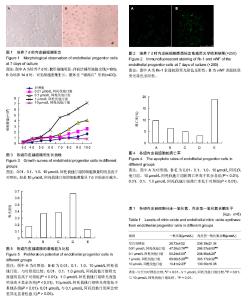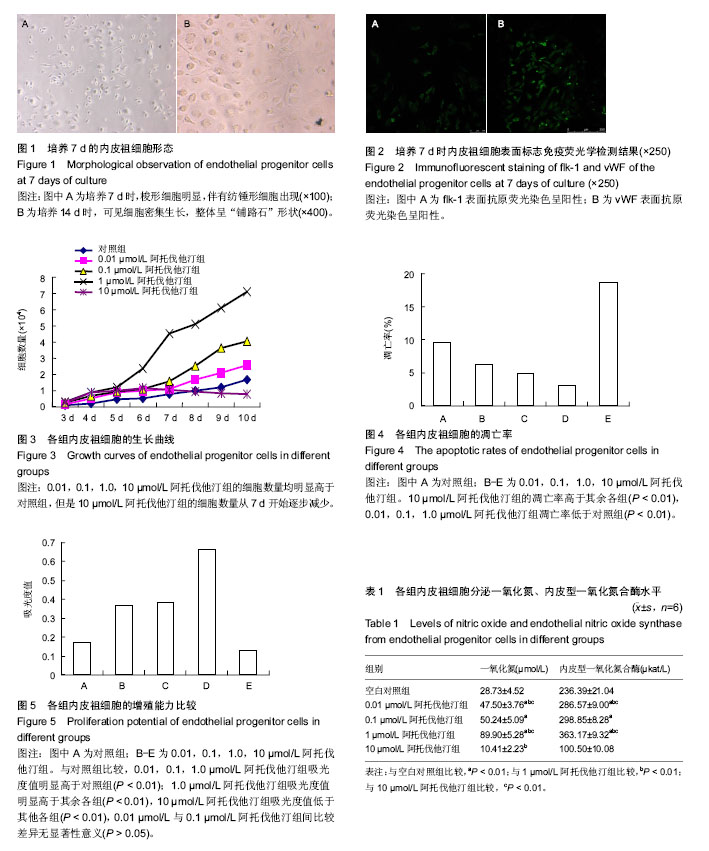| [1] Lee JH, Ji ST, Kim J, et al. Specific disruption of Lnk in murine endothelial progenitor cells promotes dermal wound healing via enhanced vasculogenesis, activation of myofibroblasts, and suppression of inflammatory cell recruitment. Stem Cell Res Ther. 2016;7(1):158.[2] Ota H, Takehara N, Aonuma T, et al. Association between microalbuminuria predicting in-stent restenosis after myocardial infarction and cellular senescence of endothelial progenitor cells. PLoS One. 2015;10(4):e0123733.[3] Zhao YH, Yuan B, Chen J, et al. Endothelial progenitor cells: therapeutic perspective for ischemic stroke. CNS Neurosci Ther. 2013;19(2):67-75.[4] 李中轩,张颖倩,陈韵岱. 内皮祖细胞在缺血性心脏病治疗中的研究进展[J]. 中国循证心血管医学杂志,2017,9(7):873-875.[5] Cheng CC, Chang SJ, Chueh YN, et al. Distinct angiogenesis roles and surface markers of early and late endothelial progenitor cells revealed by functional group analyses. BMC Genomics. 2013;14:182.[6] Lee FY, Chen YL, Sung PH, et al. Intracoronary Transfusion of Circulation-Derived CD34+ Cells Improves Left Ventricular Function in Patients With End-Stage Diffuse Coronary Artery Disease Unsuitable for Coronary Intervention. Crit Care Med. 2015;43(10):2117-2132.[7] 刘洁,银剑斌,杨进,等.不同剂量阿托伐他汀钙对冠心病患者内皮祖细胞水平的影响[J]. 中华老年心脑血管病杂志,2015,17(11): 1171-1174.[8] 张毕奎,牛盼盼,李焕德,等. 内皮祖细胞——抗动脉粥样硬化药物的新靶点[J]. 中南大学学报:医学版, 2013,38(3):307-312.[9] Zhang Y, Chen Z, Wang T, et al. Treatment of diabetes mellitus-induced erectile dysfunction using endothelial progenitor cells genetically modified with human telomerase reverse transcriptase. Oncotarget. 2016;7(26):39302-39315.[10] Li X, Jiang C, Zhao J. Human endothelial progenitor cells-derived exosomes accelerate cutaneous wound healing in diabetic rats by promoting endothelial function. J Diabetes Complications. 2016;30(6):986-992.[11] Sun Q, Dong Y, Wang H, et al. Antiperoxynitrite Treatment Ameliorates Vasorelaxation of Resistance Arteries in Aging Rats: Involvement With Protection of Circulating Endothelial Progenitor Cells. J Cardiovasc Pharmacol. 2016;68(5): 334-341. |

